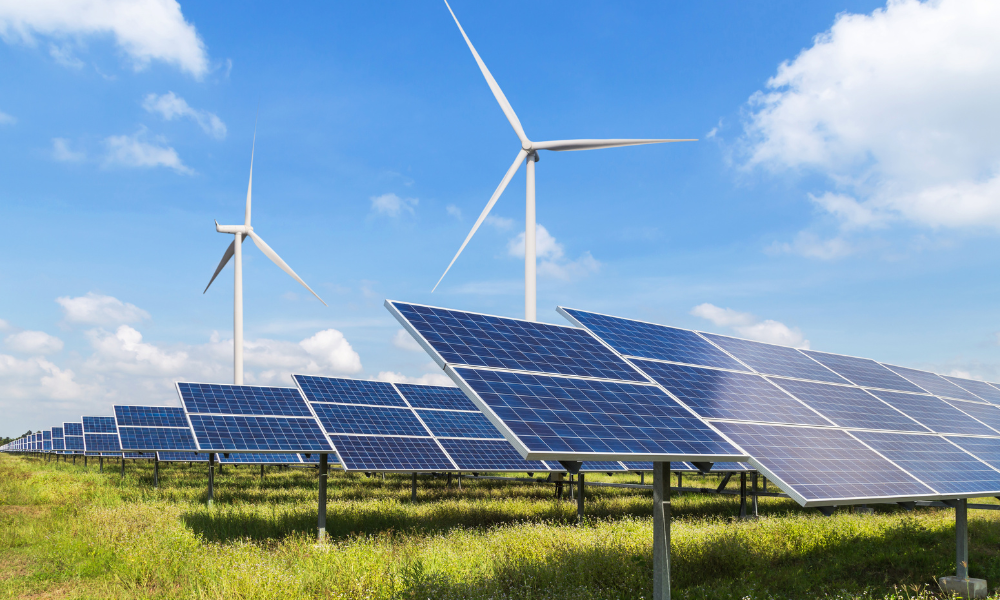According to BloombergNEF's “Energy Transition Investment Trends 2025” report, Canada's investment in clean energy technology and infrastructure grew by 19 percent in 2024 to US$35 billion, securing 8th place globally.
The report also highlighted that worldwide investment in the low-carbon energy transition reached a record US$2.1 trillion in 2024, an 11 percent increase from the previous year. Electrified transport, renewable energy, and power grid improvements primarily drove growth. Despite these record-breaking numbers, investment growth slowed compared to the last three years, which had seen increases between 24 percent and 29 percent annually.
The largest share of investment in 2024 went to electrified transport, which accounted for US$757 billion, covering passenger electric vehicles (EVs), commercial EVs, public charging infrastructure, and fuel cell vehicles. Renewable energy followed closely with US$728 billion invested in wind, solar, biofuels, biomass, marine energy, geothermal, and small hydro projects. Investment in power grids reached US$390 billion, supporting transmission and distribution upgrades, substation equipment, and grid digitalization.
China led the world in energy transition investment, contributing US$818 billion—more than the combined total of the United States, the European Union, and the United Kingdom. China's investment growth accounted for two-thirds of the global increase. Meanwhile, investment in the US remained stagnant at US$338 billion, while it declined in the EU and UK to US$381 billion and US$65.3 billion, respectively. Canada and India were among the few nations to see growth, with Canada's investment rising by 19 percent and India's by 13 percent.
Merran Smith, president of New Economy Canada, emphasized the significance of Canada's increased investment but noted that the country is still in "catch-up mode."
"This is a good reminder to Canadians to look at the bigger, global picture when thinking about our economic prospects and future," Smith said. "A global race is underway to attract investments that unleash the power of clean energy and technology to create jobs, spur local spending, and keep our mining, construction, transportation, and other sectors competitive in a fast-moving world. And we can't afford to fall behind."
She called for continued momentum through stable policy and regulatory frameworks to maintain investment growth.
While investment in proven technologies such as renewable energy, EVs, and power grids grew, funding for emerging technologies—including hydrogen, carbon capture and storage (CCS), clean industrial processes, nuclear, and clean shipping—declined by 23 percent to US$155 billion. The report attributed this drop to concerns over affordability, technological maturity, and commercial scalability. BloombergNEF warned that these technologies might struggle to contribute meaningfully to emissions reductions by 2030 without more substantial public and private sector support.
Despite record-breaking investment levels, BloombergNEF projected that global energy transition investment must average US$5.6 trillion annually from 2025 to 2030 to stay on track for net-zero emissions by 2050. Current investment levels represent just 37 percent of the required funding.
Albert Cheung, deputy CEO of BloombergNEF, stressed the need for increased investment in emerging technologies to close this gap.
"There is still much more that needs to be done, especially in emerging areas like industrial decarbonization, hydrogen, and carbon capture, to reach global net-zero goals," Cheung said. "True partnership between the private and public sectors is the only solution to unlock the potential of these technologies."





